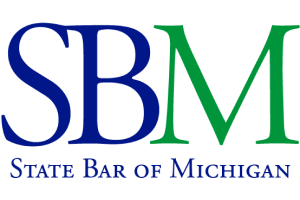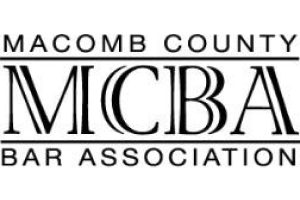- Free Consultation: (586) 264-3756 Tap Here to Call Us
Overview of Michigan’s No-Fault System
When filing a No-Fault Complaint in Michigan, there are typically two main claims that arise. The injured has No-Fault rights between a claim against the no-fault insurer also known as a First Party Claim, and a claim against the negligent at-fault driver also known as a Third Party Claim.
A First Party Claim derives under contract law by an individual against their no-fault insurance carrier of which they are required to pay no-fault benefits to the claimant. These benefits include payments for medical expenses, wage loss, replacement services, survivor’s loss, medical mileage, or funeral expenses.
A third-party claim is the typical automobile negligence claim. In a third-party claim, a plaintiff sues the driver or owner of a vehicle, that resulted in serious injury. If the driver or owner of the vehicle has no-fault insurance, the injured person may bring a claim against the at-fault driver for noneconomic damages as long as the claimant’s injuries meet the threshold requirement of death, permanent disfigurement, or serious impairment of a body function.
Related Posts: An Overview of the Personal Injury Process, Why You Should Report All Drivers On Your Car Insurance, No-Fault Insurance Change, One Step Closer to Justice for Grieving Family











